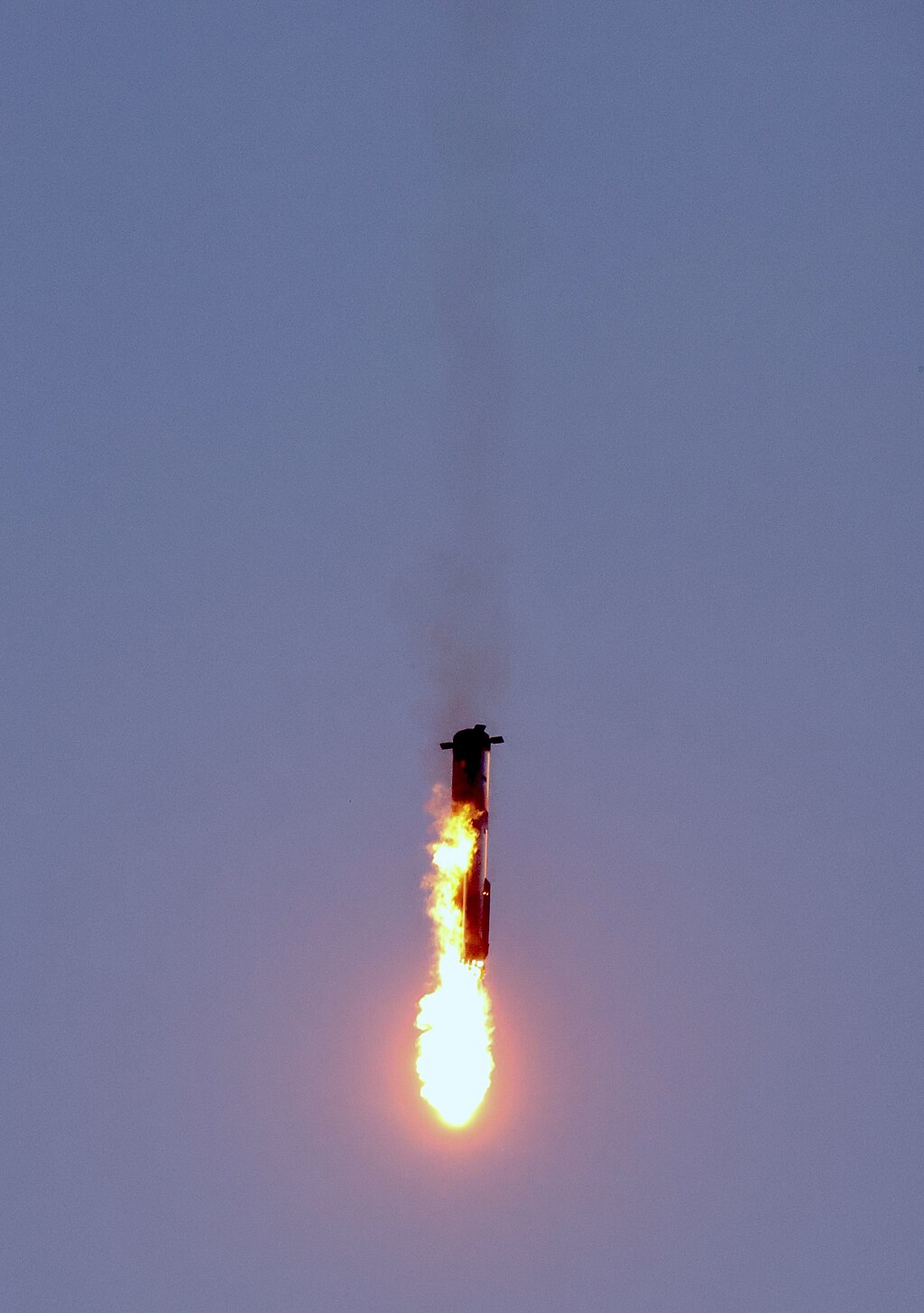The U.S. Federal Aviation Administration (FAA) and officials from the Turks and Caicos Islands are investigating SpaceX’s Starship explosion, which sent debris across the northern Caribbean and forced flight diversions. The FAA confirmed no injuries but is working with SpaceX and local authorities to assess property damage.
The upgraded Starship exploded over the Bahamas eight minutes into its seventh test flight from Texas. Fields of debris illuminated the skies over Turks and Caicos, a British Overseas Territory. Residents reported intense rumbling, shaking walls, and charred debris. “My mirror and walls were shaking... it felt like an earthquake,” said Veuleiri Artiles, a resident of South Caicos.
The debris created loud sonic booms as it broke the sound barrier. Seismic data analyzed by Benjamin Fernando, a seismology researcher at Johns Hopkins University, revealed substantial ground motion comparable to a small earthquake.
The rocket, carrying mock satellites and equipped with new features, launched from Boca Chica, Texas, aiming for a suborbital trajectory and propulsive landing over the Indian Ocean. However, communication was lost soon after the Starship separated from its Super Heavy booster. SpaceX later confirmed a fire in the aft section caused its disintegration.
Local authorities, including the Royal Turks and Caicos Islands Police Force, are conducting a multi-agency investigation. Commissioner Fitz Bailey declined to comment on property damage but confirmed ongoing inquiries.
The incident raises questions about safety and the environmental impact of private rocket launches. SpaceX stated it is working to address the issues for future flights, with the FAA closely monitoring developments.
This latest setback adds to the challenges faced by SpaceX in advancing its reusable Starship program, a key component of its interplanetary exploration goals.



 Micron Technology Forecasts Surge in Revenue and Earnings on AI-Driven Memory Demand
Micron Technology Forecasts Surge in Revenue and Earnings on AI-Driven Memory Demand  SpaceX Begins IPO Preparations as Wall Street Banks Line Up for Advisory Roles
SpaceX Begins IPO Preparations as Wall Street Banks Line Up for Advisory Roles  Apple Explores India for iPhone Chip Assembly as Manufacturing Push Accelerates
Apple Explores India for iPhone Chip Assembly as Manufacturing Push Accelerates  Oracle Stock Surges After Hours on TikTok Deal Optimism and OpenAI Fundraising Buzz
Oracle Stock Surges After Hours on TikTok Deal Optimism and OpenAI Fundraising Buzz  MetaX IPO Soars as China’s AI Chip Stocks Ignite Investor Frenzy
MetaX IPO Soars as China’s AI Chip Stocks Ignite Investor Frenzy  Apple Opens iPhone to Alternative App Stores in Japan Under New Competition Law
Apple Opens iPhone to Alternative App Stores in Japan Under New Competition Law  Volaris and Viva Agree to Merge, Creating Mexico’s Largest Low-Cost Airline Group
Volaris and Viva Agree to Merge, Creating Mexico’s Largest Low-Cost Airline Group  SpaceX Insider Share Sale Values Company Near $800 Billion Amid IPO Speculation
SpaceX Insider Share Sale Values Company Near $800 Billion Amid IPO Speculation  Union-Aligned Investors Question Amazon, Walmart and Alphabet on Trump Immigration Policies
Union-Aligned Investors Question Amazon, Walmart and Alphabet on Trump Immigration Policies  Citi Appoints Ryan Ellis as Head of Markets Sales for Australia and New Zealand
Citi Appoints Ryan Ellis as Head of Markets Sales for Australia and New Zealand  SK Hynix Considers U.S. ADR Listing to Boost Shareholder Value Amid Rising AI Chip Demand
SK Hynix Considers U.S. ADR Listing to Boost Shareholder Value Amid Rising AI Chip Demand  Oracle Stock Slides After Blue Owl Exit Report, Company Says Michigan Data Center Talks Remain on Track
Oracle Stock Slides After Blue Owl Exit Report, Company Says Michigan Data Center Talks Remain on Track  Trump Administration Reviews Nvidia H200 Chip Sales to China, Marking Major Shift in U.S. AI Export Policy
Trump Administration Reviews Nvidia H200 Chip Sales to China, Marking Major Shift in U.S. AI Export Policy  Harris Associates Open to Revised Paramount Skydance Bid for Warner Bros Discovery
Harris Associates Open to Revised Paramount Skydance Bid for Warner Bros Discovery  Evercore Reaffirms Alphabet’s Search Dominance as AI Competition Intensifies
Evercore Reaffirms Alphabet’s Search Dominance as AI Competition Intensifies 































